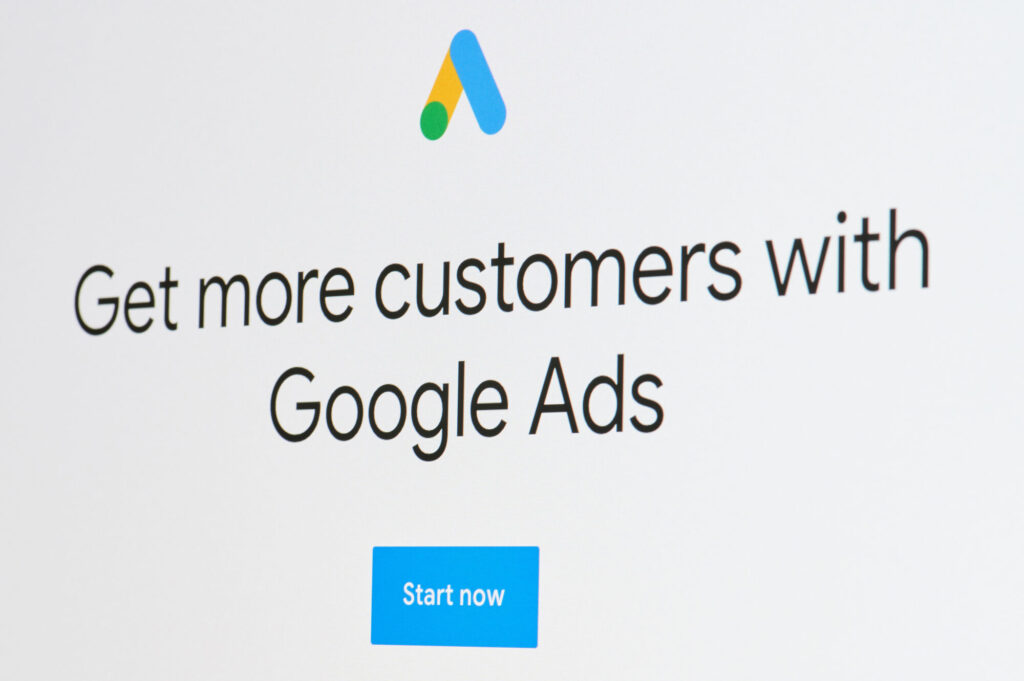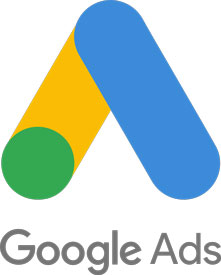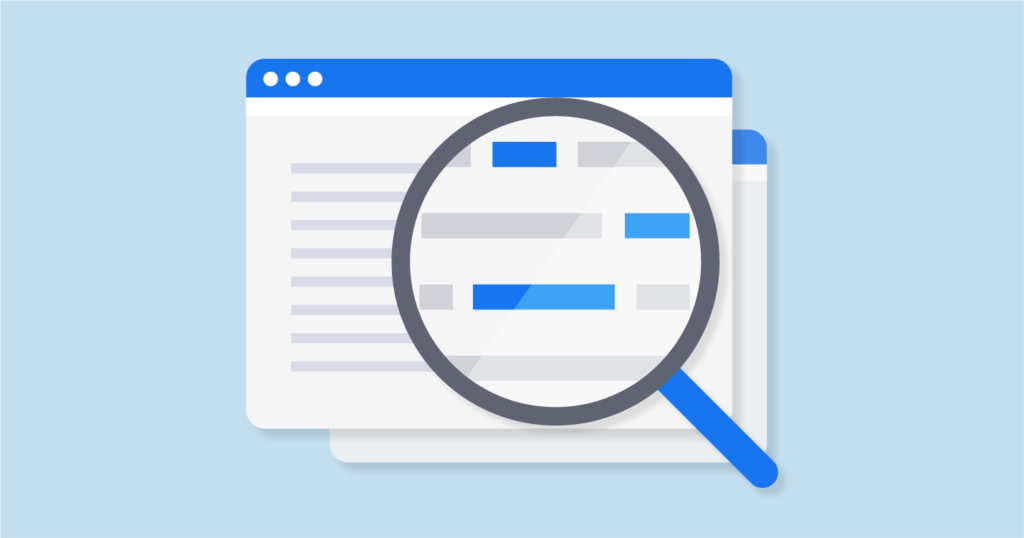Google Ads, formerly known as AdWords, is a tool often asked about and one that for some business owners is equally enticing as it is intimidating. Google Ads is Google’s pay-per-click (PPC) advertising platform that displays a business’ ad on Google’s search engine results pages (SERP). It is a powerful tool that helps businesses put their offerings in front of their target customers, helps to drive qualified traffic to their website and in turn, grow their business. Using Google’s paid marketing platform is part of a well-rounded and effective marketing strategy.
So how do Google Ads work? When someone types their search query into Google, the AdWords system combs through all ads with matching or relevant keywords. If multiple advertisers are bidding on the same keywords, an auction takes place to determine if the ad will show and if it does, in which position it will appear at the top of the results pages. In other words, if your ad is useful to the user and your landing page is optimised, it should have a high quality score. A high quality score will help you pay less than other advertisers vying for the same spot and help your ad place higher than their ad on search results page.

How to optimise a Google Ads campaign?
In order to optimise your Google Ad, the key is to optimise your Google Ads Account structure. Each AdWords account is comprised of four main elements: campaigns, ad groups, ads, and keywords. A campaign is broken down into ad groups, which are groups of ads organised by semantic relevance. They should contain 2 to 3 ads and roughly 20 keywords organised by their meaning. For example, if you run a flower shop, Ad Group 1a could contain keywords relating to bridal bouquets, while Ad Group 1b focuses on keywords pertaining to wedding flower decor. It is also important to note that your Google Ads Account can have more than one active campaign and each campaign can have more than one ad group. Structuring your account semantically by grouping relevant ad groups and ads will help make managing your account easier and later, help with the visibility of your ads.
Other factors that should be considered regarding the visibility of your ads include setting bidding strategies, keyword match type, and targeting parameters.
Bidding strategies
The best way to set your PPC max bid and strategy is to define your business’ ad objective. Some objectives include generating sales, email sign-ups, registrations, enhancing brand awareness, and lead generation. Having an idea of where your business is currently and where you want to go will help in identifying your objectives. If your business has more than one objective, we recommend running different AdWords campaigns per objective so you can better gauge the performance of your ad.
Keywords
They are the backbone of ad campaigns and the more competition there is for a keyword, the more it will cost per click. To avoid eating through your AdWords budget, research your keywords and select the ones with clear commercial intent that are relevant to your business objective. Since a search shows intent to make a purchase, you want to identify the search terms people use to search for the product or service they want to buy. This should help with higher click through rates.
 Keyword match type
Keyword match type
Once you have your keywords, choose from four keyword match types and set the maximum amount you are willing to bid for each ad click. Choose from broad match, broad match modifier, phrase match, and exact match. Using negative keywords is another way to control your ad spend as they prevent your ad from appearing in search queries for keywords you do not want your ad to be associated with. Going back to our flower shop example, search queries with the keyword “funeral flowers” are probably irrelevant to your ad campaign.
Targeting parameters
Google Ads campaign targeting parameters have the ability to put your ad in front of potential customers, at the right time and place. Business owners can target by geographical location, age, time of day to display their ad, keywords, which device to display their ad, and select from either the Search Network or Display Network for their ads to appear on. The Search Network puts your ads on Google’s search result pages and the Display Network places your ad on websites that display ads.
To further optimize your Google Ads and obtain a high-quality score from Google, you will want to optimize your ad text and landing page.
 Ad text
Ad text
To write high-converting ad text, include your business’ unique selling proposition with a compelling call to action telling users what to do and expect when they click on your ad. Try to create text closely related to your keywords, especially in the headline. Using active verbs in the main text and header will help to drive more clicks. You might even want to consider how to position your ad. Do you want to write a feature-driven or benefit-driven ad?
Landing page
When a user clicks on your ad, they are brought to your landing page, which is a dedicated page for a specific ad. It uses similar language to that used in your ad and contains your keywords. It should also fulfil the call to action promised in your ad and be user friendly. This means incorporating contextual images, a headline and sub-headline, an outline of the features or benefits, and supporting claims.
Google AdWords also provides businesses with information to track the number of users that viewed and clicked their ad in addition to the number of users that performed the desired action after viewing their landing page. Make sure you have a Google Analytics goal set up on your website as well as Google AdWords conversion tracking to monitor the performance of your ad for an appropriate return on investment. The key to success is to consistently monitor your ads, undergo A/B testing, and to adjust your keywords when necessary as well as your bid.
View our Google Ads Services
 Keyword match type
Keyword match type Ad text
Ad text


